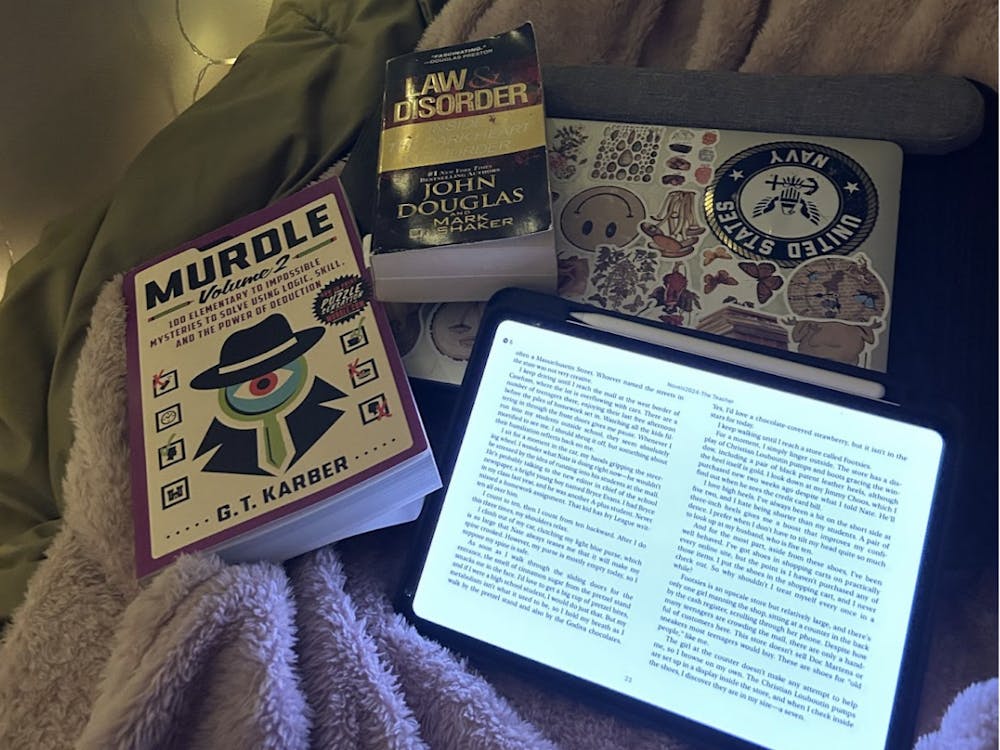One of the Walters Art Museum’s current exhibitions, Revealing the African Presence in Renaissance Europe, impressively explores the variety of roles of Africans in art and life during this period.
Consisting of mostly permanent collection objects including maps, manuscripts, drawings, engravings, paintings and even a couple of bronze statuettes, the exhibition provides visitors multiple frameworks through which they can learn about the interaction between Europe and Africa.
Split into two parts, the exhibition first presents the role of Africans through the European artist’s perspective.
Popular themes such as the biblical story Adoration of the Magi, which depicts three figures (usually kings) from the East presenting gifts to the infant Jesus, typically represent one African figure.
According to the exhibit, though there is no mention of an African king in the Bible, late 15th and early 16th century European navigation and the establishment of trading routes through Africa to India increased the contact between Europeans and Africans.
Here, the exhibition delivers a few exquisite Renaissance paintings from the Netherlands and Italy.
To express the mysterious and exotic lens through which Europe saw Africa, visitors can examine engravings and printed drawings of African figures interacting with established stereotypes, such as gold and sugar as well as large and ferocious animals.
This part of the exhibit, in addition to supplementing the objects with historical context, probes into the religious importance of the African presence in Renaissance Europe.
Specifically, the New Testament portrays many passages through Egypt, and its according illustrations from centuries later depict Africans, spectators and participants, both in a positive context, as a function of diversity, or in a negative one, as a representation of paganism.
In other paintings presented, the exhibition delves into a realm of more speculation and less historical ground.
Various figures, commonly servants or miscellaneous members in a large scene with darkened skin tones, create quasi-conclusions about the race of the figure.
This tendency becomes more prominent in the exhibition’s second part—individuals of African ancestry.
Here, visitors learn about the European tradition that posed young African children as exotic objects to upper class Europeans, represented through portraiture.
In the physical absence of these examples, the Walters offers reproductions and informative labels as a supplement to the primary object.
Following this section, the exhibition shows a series of magnificent portraits of African rulers.
Inscribed on the space above the portraits, an excerpt from a letter written by the Ethiopian ruler Dawit III to the king of Portugal reads, “it was prophesied ... in the book of the holy fathers that a European king and a king of Ethiopia should meet and that yet should give each other peace, and I did know if this would happen in my days.”
Overall, this exhibition boasts impressive objects and artists, including the works of iconic Italian Mannerist painter, Jacopo Pontormo and Flemish Baroque master, Peter Paul Rubens amongst others.
Speculation of ancestry and theories offered in lieu of conclusions could be a weakness of the exhibition.
Even though the exhibition always offers a conclusion, key pieces that depend upon a certain degree of uncertainty actually provoke more interest.
For example, does the cleaning of Pontormo’s Portrait of Maria Salviate de’Medici and Giulia de’Medici reveal that the child was once painted over, or does a Neapolitan Portrait of Domenico Giuliani and servant, whose composition makes the identity of the servant mysterious — a subordinate? Son of a slave? Illegitimate child?
Given the variety of objects, contextual information and some spectacular Renaissance paintings, visitors will leave this exhibition with a well-rounded, if not simple, understanding of the representation of Africa in Renaissance Europe.
The exhibition also includes an annexed part which features students’ artistic response.
Hopkins students can see Revealing the African Presence in Renaissance Europe for free until Jan. 21, 2013.




